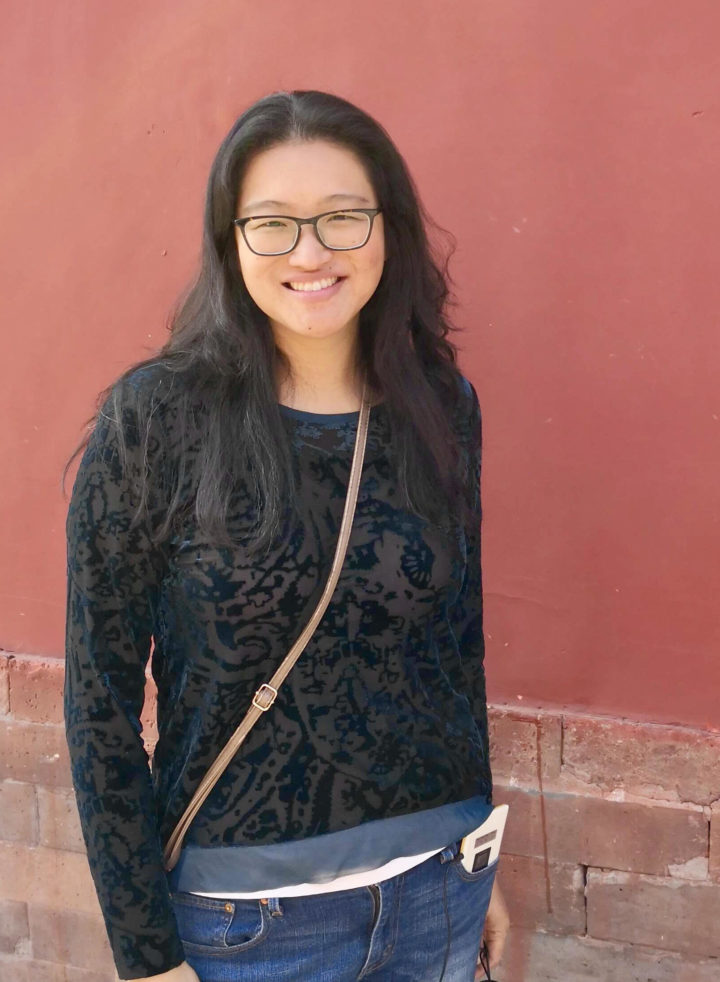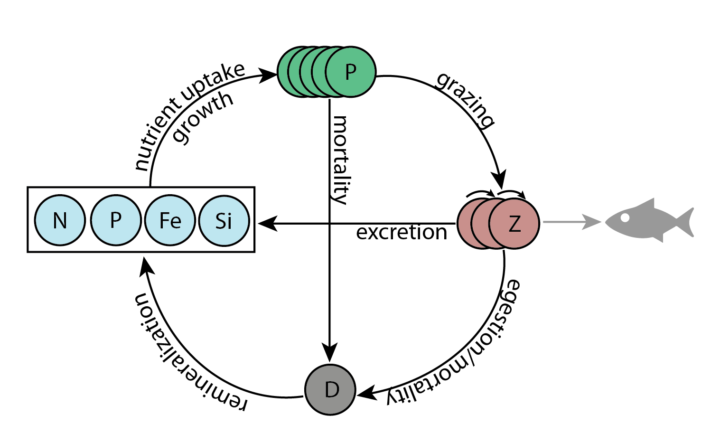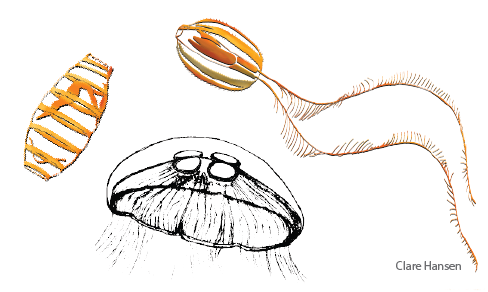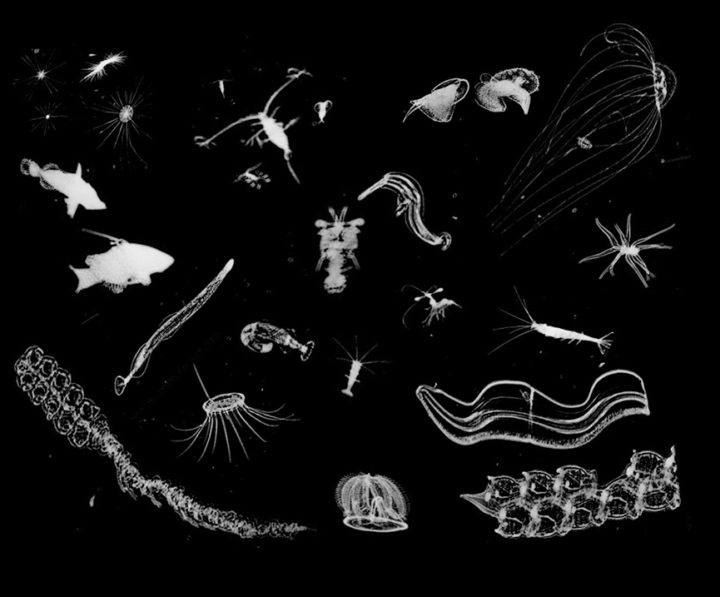Jessica Luo
Plankton ecosystem modeling, observations, and biogeochemistry
 I am a research oceanographer in the Marine Ecosystem and Downscaling Division, broadly interested in plankton ecology, food webs, and biogeochemical dynamics. I develop global-scale marine ecosystem models, and collect high-resolution plankton observations to study how food webs shift in time, space, and under climate change. While I specialize in zooplankton, particularly gelatinous zooplankton, I’m interested in dynamics across the plankton to fish spectrum. At GFDL, I am working on developing the next generation of marine ecosystem models, which can improve our understanding of how marine organisms at the bottom of the food chain can impact ocean carbon cycling, how they transfer energy up to fish, and how we can use these tools to improve marine ecological forecasting.
I am a research oceanographer in the Marine Ecosystem and Downscaling Division, broadly interested in plankton ecology, food webs, and biogeochemical dynamics. I develop global-scale marine ecosystem models, and collect high-resolution plankton observations to study how food webs shift in time, space, and under climate change. While I specialize in zooplankton, particularly gelatinous zooplankton, I’m interested in dynamics across the plankton to fish spectrum. At GFDL, I am working on developing the next generation of marine ecosystem models, which can improve our understanding of how marine organisms at the bottom of the food chain can impact ocean carbon cycling, how they transfer energy up to fish, and how we can use these tools to improve marine ecological forecasting.
Education and Training
2007, B.A. and M.S., Stanford University
2015, Ph.D., University of Miami
2016-2019, Postdoctoral Fellow, National Center for Atmospheric Research
Contact: jessica.luo@noaa.gov
Link to full CV (Updated July 2023)
Google Scholar
Marine Ecosystem Modeling

NPZD (Nutrient-Phytoplankton-Zooplankton-Detritus) models serve as the basis for the biotic component of marine biogeochemical models. Intermediate complexity global biogeochemical models were designed to resolve the cycling of multiple nutrients and elements (C, N, P, O, Fe, Si, etc), of which the plankton food web is a critical component. Biogeochemical models have increasingly been shown to be potentially relevant for fisheries applications, and thus, the ecosystem representations have become more biologically complex. The research questions that I am interested in include: How does plankton trophic transfer and community structure scale with ecosystem complexity? What are the dominant zooplankton traits that modulate biogeography and energy flows? How do we use global or regional emergent constraints to improve models?
Role of gelatinous zooplankton in marine ecosystems

Gelatinous zooplankton, or jellies, are a diverse group of marine organisms that include the true jellyfish (cnidarians), comb jellies (ctenophores), and gelatinous filter-feeders (salps, appendicularians). They are characterized by their extremely high in water content, compared to other zooplankton, and often boom-and-bust population dynamics. Jellies have historically been undersampled due to their fragile body structure and propensity to break apart in nets, but new observational methods have shown that they are extremely abundant and cosmopolitan components of marine ecosystem. Some of the questions I’m interested in are: where are gelatinous zooplankton distributed, and why? What is their role in global biogeochemical cycles? How do their non-linear population dynamics impact ecosystem function and structure?
Submesoscale plankton dynamics

Ocean submesoscales (100 meters to 10 kilometers) are extremely important for structuring plankton communities, enhancing biodiversity, and facilitating predator-prey interactions. Plankton imaging systems (e.g., towed, underway imagers) are offering an unprecedented view into the fine-scale interactions of marine organisms. Research conducted using these imaging systems has revealed the incredible amount of diversity and plankton trophic structure at ocean mesoscales. As part of my work in the Cowen-Sponaugle Plankton Ecology Lab, I deployed the In Situ Ichthyoplankton Imaging System to study plankton community dynamics in the Southern California Bight, Northern Gulf of Mexico, Straits of Florida, and various other coastal and oceanic systems around the world. I co-developed the original Plankton Portal, an online crowd-sourcing site for the identification of plankton images, and led the scientific design of a machine learning competition (the 1st Annual National Data Science Bowl) for an automated image classification algorithm for 130+ species of plankton. At GFDL, I am exploring the use of these high-resolution plankton observations for ecosystem models. How can we use high-resolution observations to validate models? How can they be better integrated? This line of work can lead to many interesting research questions regarding submesoscale plankton variability and the physical-biological processes that generate such patterns.


